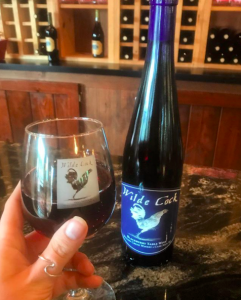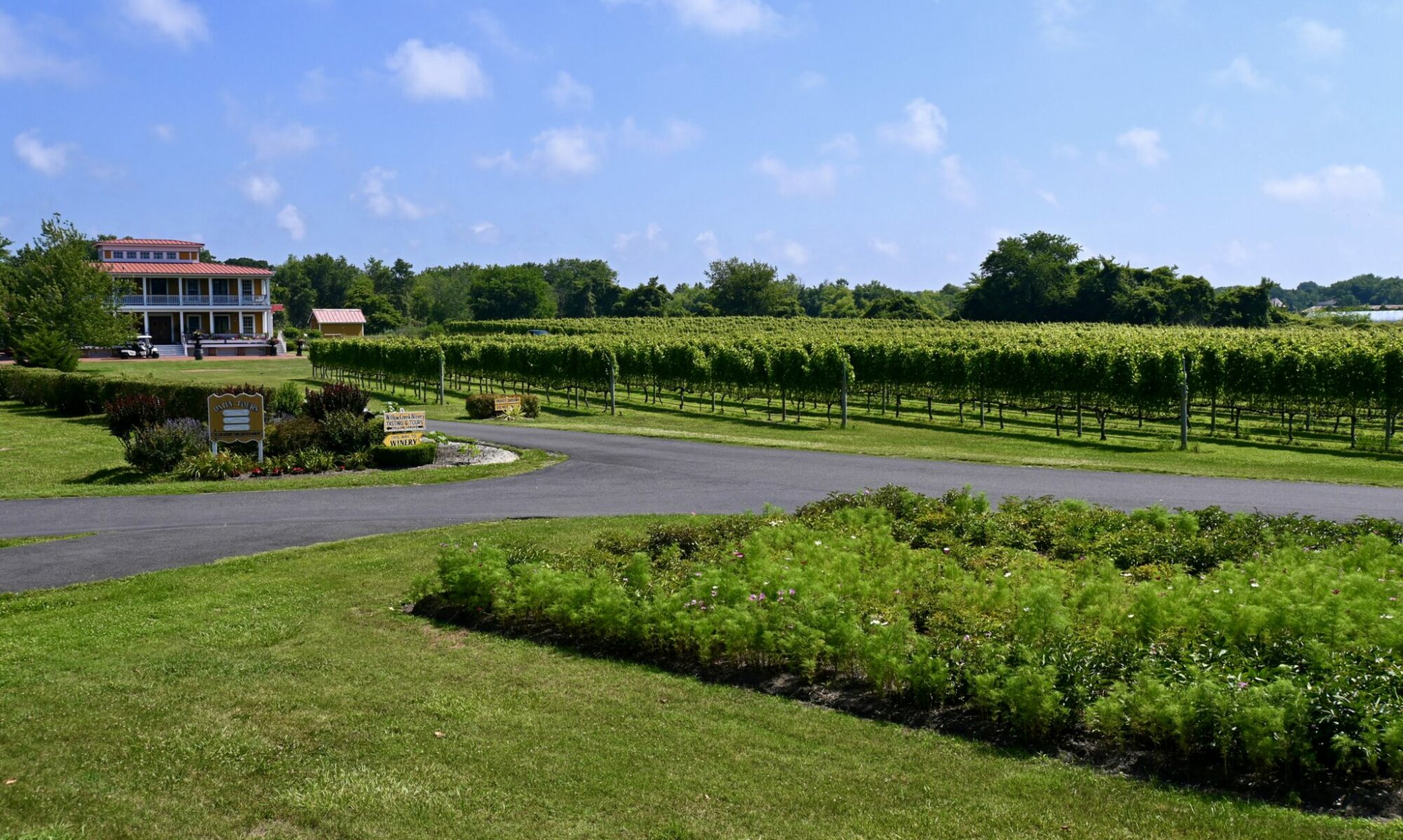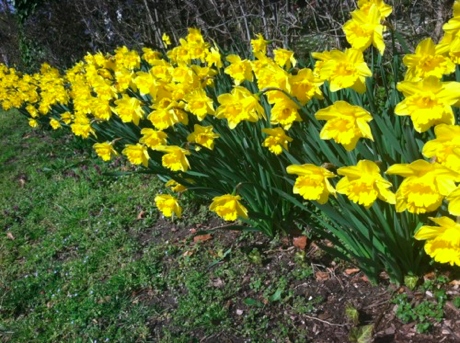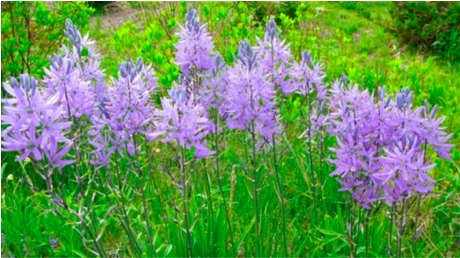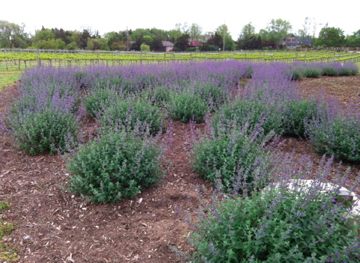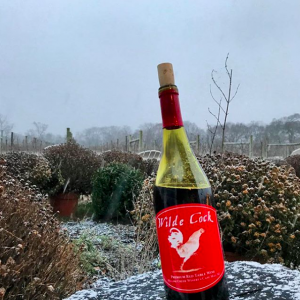Barbara’s Favorite Flowers: Water Iris & Duck Weed
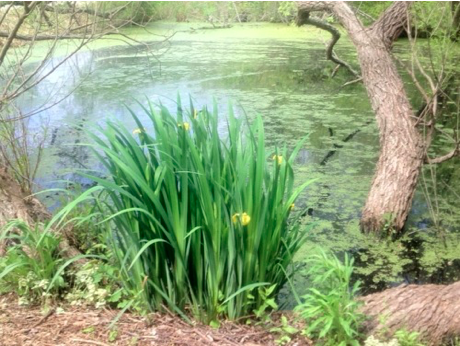
Iris Pseudacorus – Water Iris – what a phenomenal bog plant to use in the water garden! This is one of the more robust Iris. The tall, thick leaves contrast well in the spring with tall spikes of bright yellow flowers. This plant grows up to 5 feet tall, with yellow flowers on stalks towering above. It’s best to place in the back of the bog with cattails, etc. This picture of the “swamp” at Willow Creek looks like it’s framed by the Black Willow branches. Water iris, is also instrumental in natural water purification systems. The roots then improve water quality by consuming nutrient pollutants, such as from agricultural runoff.
Duck Weed, Lemnoideae – Notice, the green plant floating on top of the water ? This is Duck Weed. Many people think that it is algae or something slimy but when you look at it closely you realize it is lots of tiny individual green platelet plants. Duck Weed Lemnoideae is wonderful and many faceted. Duck Weed is an important high-protein food source for waterfowl and is also eaten by humans in some parts of Southeast Asia. As it contains more protein than soybeans, it is sometimes cited as a significant potential food source. I scoop it from the swamp with a pool skimmer, and feed it to my chickens as a great green protein enriched snack. The chickens love it and return the favor with brilliant orange, super healthy yolks! The tiny plants provide cover for many aquatic species. The plants are used as shelter by pond water species such as turtles and frogs. They also provide shade and, although frequently confused with them, can reduce certain light-generated growths of photoautotrophic algae, which can cause overgrowth problems.
Duck Weed aids in nitrate removal, and are important in the process of biomediation, because they grow rapidly, absorbing excess mineral nutrients such as nitrogen and phosphates. Duck Weed is now touted as water purifiers of untapped value and also may be used for waste water treatment to capture toxins, and control odor.
If a mat of Duck Weed is maintained during harvesting for removal of the toxins captured thereby, it prevents the development of algae and controls the breeding of mosquitoes, our perennial pest in South Jersey!
